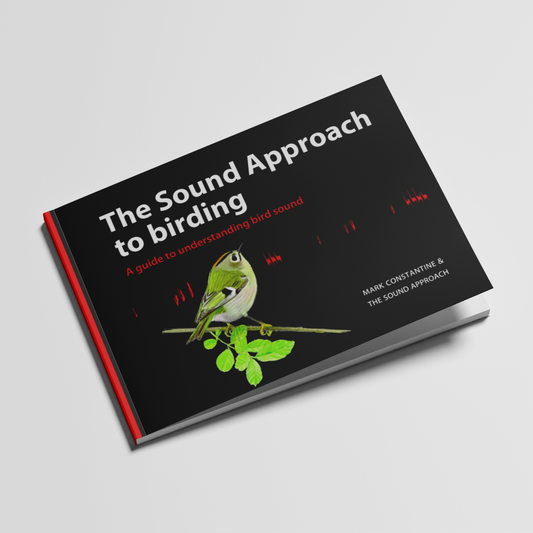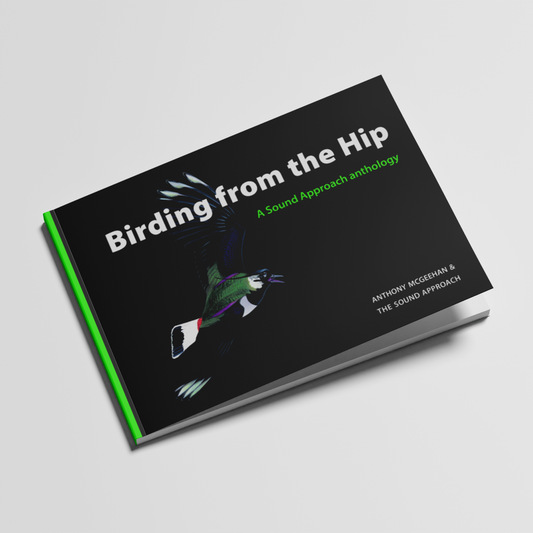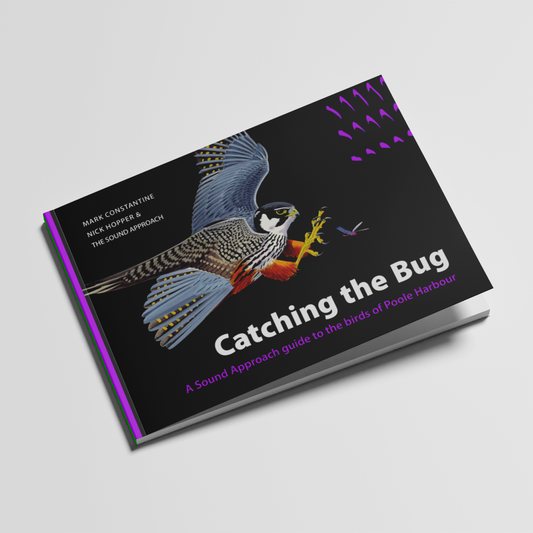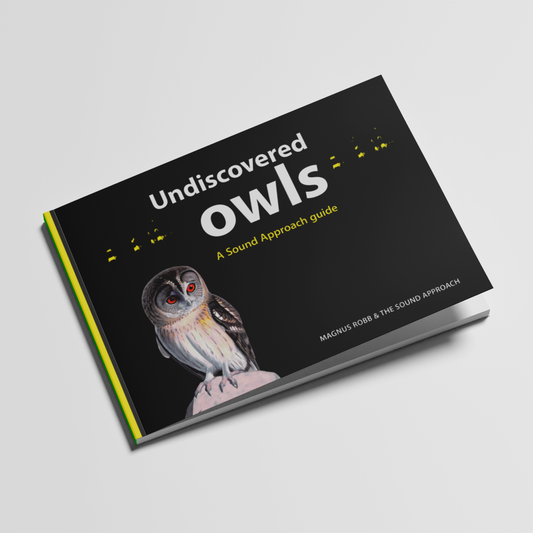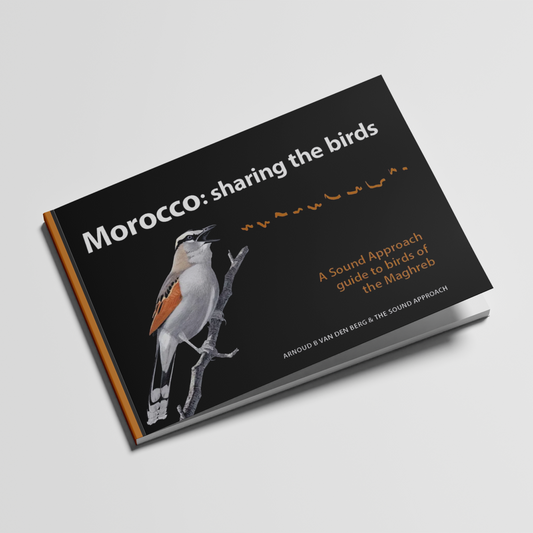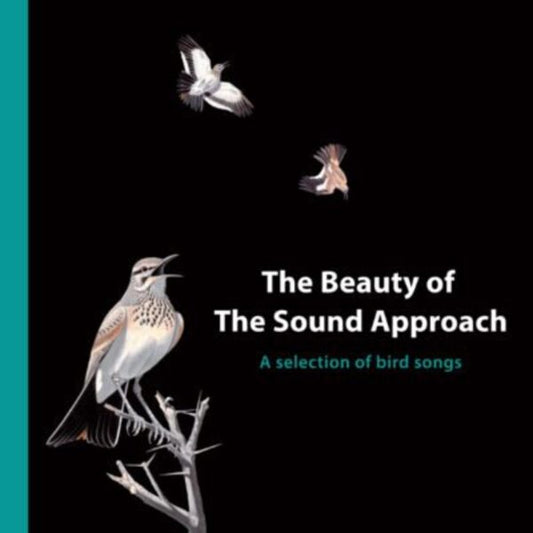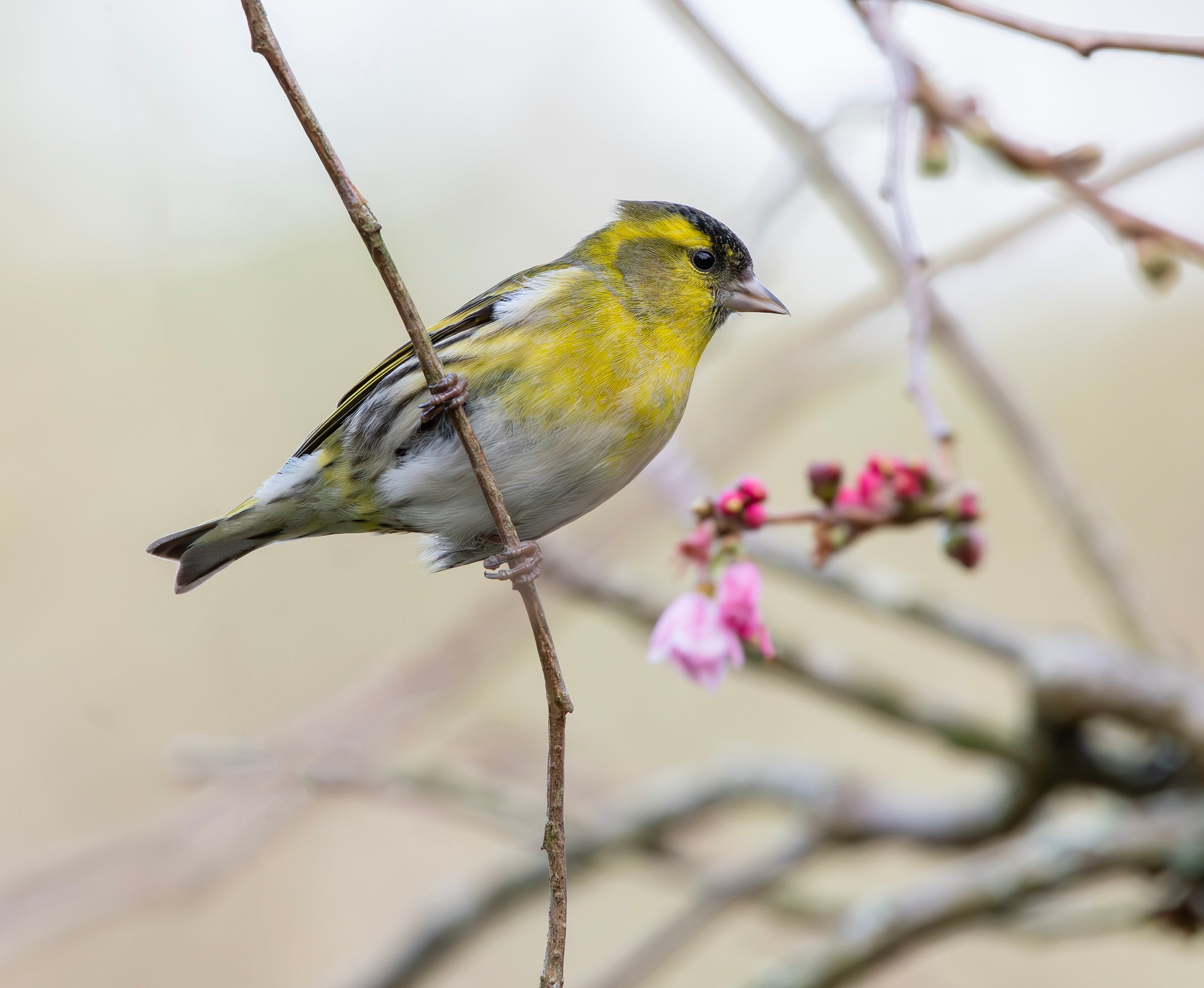
Learn
Bird sounds
Top tips for learning bird sounds

Understanding bird sounds
Birdsong is not just a joy to hear; it’s a valuable tool for identifying and understanding bird species. At The Sound Approach, we take bird sounds seriously, providing not only high-quality recordings but also detailed sonagrams that visually represent these sounds.
Whether you're a researcher, a birder, or a sound engineer, or you're just starting out, we can help you explore the intricate world of birdsong with precision and clarity.
Top ten tips
1. Connect bird sounds with bird identification.
In much the same way that you would learn to identify birds visually, simply spending time in the presence of birds, at all times of year, will help you become acquainted with their sounds. Listen with an open mind to every bird sound and take a minute or more to focus on the sound and find and identify the singer. This will be difficult if the birds are elusive, but checking out every sound repeatedly will help.
2. Start local, then expand your repertoire.
It can be overwhelming and confusing when you’re starting out, so start off by keeping things local. Listen to the birds in your garden, a local park or a local greenspace. The birds and their sounds will differ drastically between different habitats and different times of year, so tackle one area and season at a time. Active listening, with an open mind, will help, and keep notes if you can.
3. Attend a local bird sound walk or event.
If you’d like to go further afield, many nature reserves offer guided walks at different times of year (particularly for the dawn chorus in the spring) with rangers or volunteers. These can be very instructive when branching out into a wider range of habitats, although beware: the dawn chorus can be very overwhelming!
4. Learn how to describe sounds.
Some bird sounds are very easy to describe – think cuc-koo, chiff-chaff, and so on. Others can be compared to other objects, like the ‘reeling’ of a Grasshopper Warbler that sounds like a fishing reel. But how do you describe a Common Blackbird or a Common Starling, or even a Robin? More so, how do you describe these sounds well enough to distinguish them from other species? It is notoriously hard and descriptions in field guides can be of little use. Read our blog on how to translate what you’re hearing into words.
5. Explore with friends or join a community.
Having people to discuss what you’re hearing and support your learning can be invaluable. Look for communities of people online who may be able to help or challenge yourself to learn bird sounds with your interested friends. You can swap recordings, test each other and enjoy the company, too.
6. Learn what bird sounds mean.
There can often be occasions when it is difficult to know where to draw the line between a ‘song’ and a ‘call’. Songs are assumed to be complex and can be melodic, and are associated with mating, territory and displaying. Calls are assumed to be simpler and relate to alarm, flight or, in the case of chicks, begging for food. However, this is a drastic over-simplification. Consider your use of the word song or call carefully and describe what the bird in question was doing when you heard it. Try to avoid assuming any particular sound is always used in the same way. Opt for ‘call heard when it took off’ rather than ‘the flight call’. Or ‘call used while mobbing a kestrel’ rather than ‘the mobbing call’. Describing the context in which a sound was heard is essential in any attempt to talk about bird vocalisations.
7. Familiarise yourself with terminology.
When learning bird sounds, you’ll come across various words that are used to describe a sound. The same words are used to describe music, animal noises and so on, and include ‘pitch’, ‘frequency’, ‘tone’, ‘timbre’, ‘rhythm’ and ‘timing’. Understanding their meaning and how you can apply them to sounds will help you remember bird sounds and associate them with species. Read our full blog on their definitions and how to use them.
8. Use technology to sound record.
Creating your own recordings will help you to learn bird sounds. You can start simple using your phone and apps, like eBird, or get more professional with microphones and sound recorders. There are pros and cons to different set-ups, not least cost, so explore what options are best for you. See our guide here for more information. Familiarise yourself with online resources, too. There are a few online bird sound libraries, like Xeno-canto or the Macaulay Library, that will allow you to compare your bird sounds. Always bear in mind the habitat, time of day and time of year you are recording and label your recordings accurately.
9. Visualise bird sounds through sonagrams.
For The Sound Approach, this is our most important tip and is crucial to the way that our team learn and interpret bird sounds. Creating your own sonagrams and analysing them will help you to understand why a song or calls sounds the way it does and allow you to compare them to other sounds. While the ear is always the most direct tool for interpreting sounds, sonagrams add another, visual, tool to support the audio impression, and may help to stamp a definitive representation of the sound in our memory. We use Raven Pro to create our sonagrams, but there is other software available. Read how to interpret sonagrams here.
10. Read the second edition of The Sound Approach to Birding (several times).
Ultimately, this is our top tip for anyone looking to delve into the enigmatic world of bird sounds. The second edition of the groundbreaking The Sound Approach to Birding by Mark Constantine will be available to purchase in autumn 2025. This updated version of our bestseller will be the definitive guide to understanding bird sounds. As well as containing hundreds of our own recordings, Mark delves into the various theories of bird sounds and their evolution, drawing some fascinating conclusions.
Recommended books
-
The Sound Approach to Birding (2006)
Regular price £24.95 GBPRegular priceUnit price / per -
Petrels: night and day (2008)
Regular price £29.95 GBPRegular priceUnit price / per -
Birding from the Hip (2009)
Regular price £14.95 GBPRegular priceUnit price / per -
Catching the Bug (2012)
Regular price £29.95 GBPRegular priceUnit price / per -
Undiscovered Owls (2015)
Regular price £34.95 GBPRegular priceUnit price / per -
Morocco: sharing the birds (2020)
Regular price £49.95 GBPRegular priceUnit price / per -
The Beauty of The Sound Approach
Regular price £20.00 GBPRegular priceUnit price / per
Learn more
Find out more about different areas of bird sounds
-
Bird sounds
What do bird sounds mean?
-
Sonagrams
Understanding what bird sounds look like
-
Kit & software
What do you need to record bird sounds?
-
Books & audio
Delve into different areas of bird sounds

